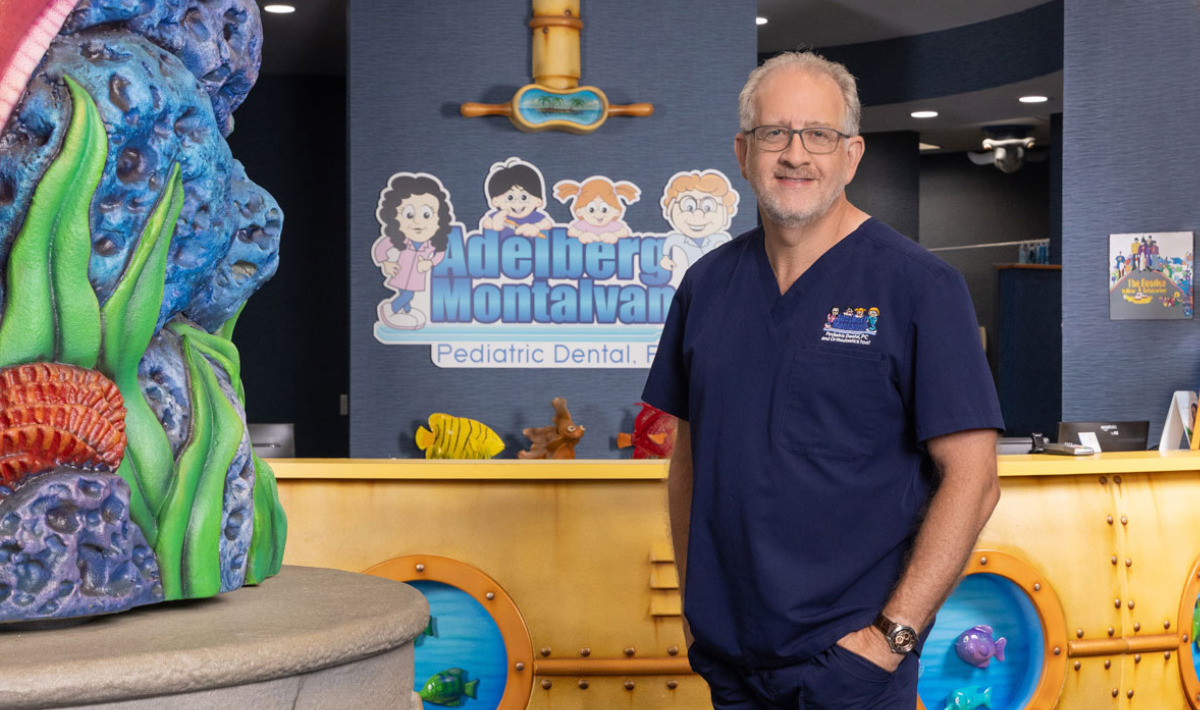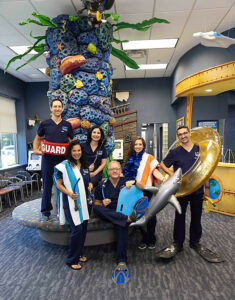Why Dr. Marc Adelberg believes an innovative production model can help DSO leaders transform team meetings while drastically improving project management.
Picture yourself on an airplane flight. Over the speakers, you hear, “Greetings folks, this is your captain speaking. We are now cruising at 30,000 feet, and I’ve turned off the seat belt sign. You can walk around the cabin as you choose. Enjoy your flight!”
About two minutes later, the plane drops from 30,000 to 10,000 feet.
Sound scary? What if it gets worse? What if the plane climbs from 10,000 to 20,000 feet, only to plummet to 5,000 feet? It would be unsettling to say the least.
That’s called turbulence, and it happens in our work and home lives all the time, said Dr. Marc Adelberg, owner of New York-based Adelberg Montalvan Pediatric Dental and Orthodontics.
“Turbulence is a sign that you are not following a flow,” said Dr. Adelberg. “You should be able to figure out the problem, come up with ideas to fix the problem, fine tune those ideas, rally your team around the ideas, decide on the people who will make it happen, and decide which people will close it for you.”
But what if that’s not what is happening? A couple of years ago, Dr. Adelberg experienced this firsthand. It seemed like projects were always getting caught in a cycle of start, stop, start, stop. “Projects weren’t being followed through to the point of where I thought they should be.”
He was frustrated and determined to get to the root cause. While attending a leadership event in another state, he bought a copy of “The 6 Types of Working Genius: A Better Way to Understand Your Gifts, Your Frustrations, and Your Team” by Patrick M. Lencioni. By the time he finished reading the book, he knew he had found the missing piece to better project management. In fact, he not only wanted to introduce it to his team, but also to become a certified Working Genius Coach for the program so he could pass on his knowledge to other dental leaders and organizations.
The Working Genius model focuses less on personality and more on what Dr. Adelberg calls “productionality” – 80% production, 20% personality. By understanding what somebody’s Working Geniuses and Working Frustrations are, you can break your projects out of turbulence while eliminating judgment and guilt as a leader, he said.
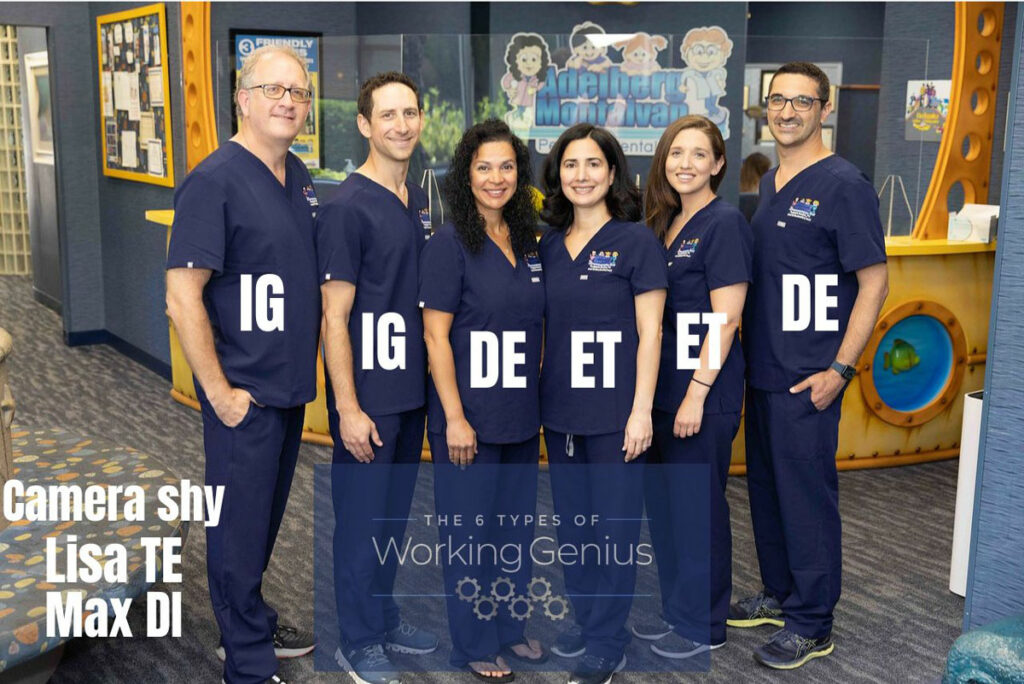
The Six Geniuses
In his book, Lencioni identifies six Working Geniuses:
1. Wonder. These are people who ask lots of questions. They’re always looking for a better way to do something.
2. Invention. These people love generating new ideas.
3. Discernment. People with discernment are determined to make something better and give a lot of feedback.
4. Galvanizers. Galvanizers are your cheerleaders. They rally the troops and want to make the idea happen.
5. Enablement. Enablement people don’t care as much about the idea. They want you to know they are there for you and want to be part of the solution.
6. Tenacity. People with tenacity love checklists. They are your closers.
According to Lencioni, we all have two Working Geniuses, two Working Competencies, and two Working Frustrations.
Dr. Adelberg discovered his Working Genius was IG, or “The Evangelizing Innovator.” People with this pairing derive real joy and energy from generating ideas and convincing others of an idea’s merit.
He also discovered his Working Frustration was TE, or “The Loyal Finisher.” People with this pairing derive joy and energy from completing tasks and responding to the needs of others in the pursuit of getting things done.
“My team will tell you that I’m really good at generating ideas. Follow through? Not so much,” Dr. Adelberg said. “So, I need people with tenacity on my team who will close the deal and complete the task.”
Dr. Adelberg admits prior to this exercise, he had some individuals on his team who would occasionally frustrate him during meetings because they weren’t exhibiting all of these traits. There were those with great ideas but bad follow through. Others could take a project and run with it, but didn’t have much to offer in the way of inspiration. But through this process, Dr. Adelberg could stop feeling guilty about this when he realized they simply had different Working Geniuses and were offering a different perspective and foundational element to their discussions. He moved from judgment to understanding.
“Now I don’t always expect everyone to be involved in the idea side,” he said. It’s not that they don’t care. I just don’t judge them like that anymore. But I know I can ask some people for their opinion a little bit further down the road, and I have other people where I know they’re going to be the ones to close it for me.”
| Before you begin Patrick Lencioni and his team provide a helpful assessment for “Working Genius” at www.workinggenius.com. When you take the “Working Genius” assessment you must complete the portion about what brings you joy, fulfillment, and energy. It’s critical to the entire process. “If you fill out the assessment on what you think you’re really good at, or what you think your team would want it to say – but not what brings you joy, fulfillment and energy – it won’t work. You must be self-aware,” said Dr. Adelberg. |
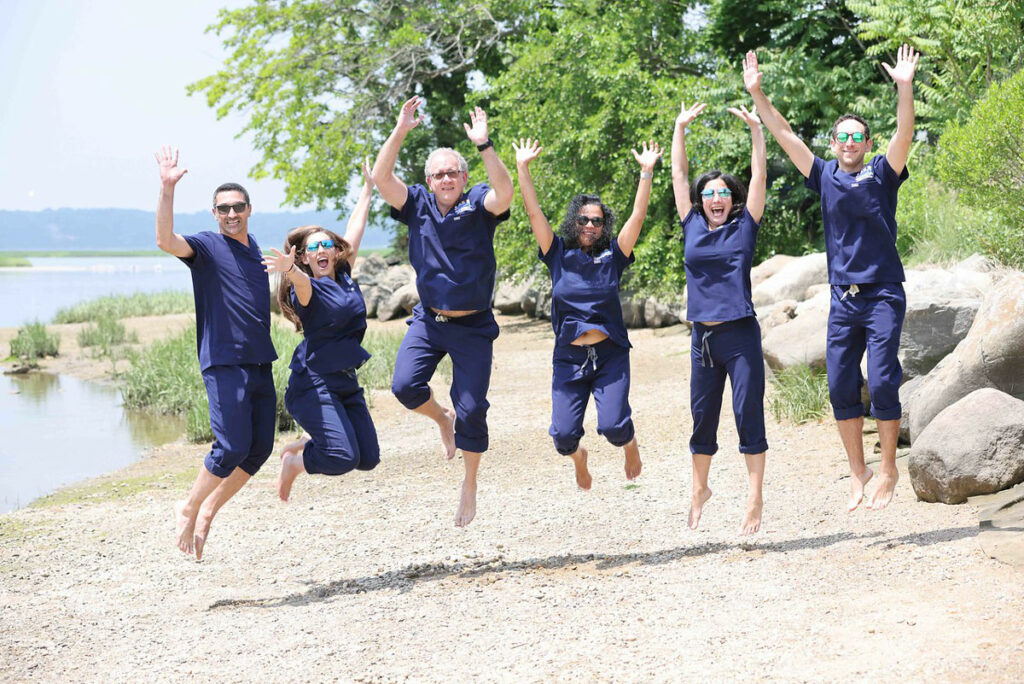
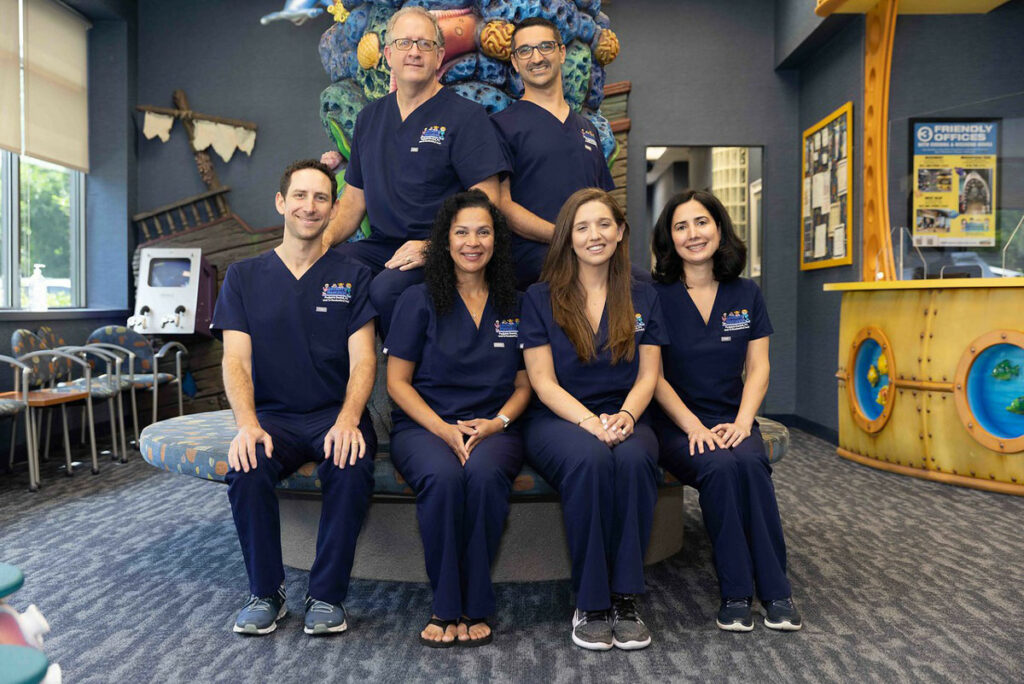
Moving a project from idea to the finish line
There are essentially three stages of a project: ideation, activation, and implementation. In the Working Genius framework, each of those stages comes with two pairings. For instance, Wonder and Invention go well in ideation, Discernment and Galvanizers in activation, and Enablement and Tenacity in the implementation stage.
What typically does not happen in dental practices is the middle portion. “We come up with great ideas and then we expect everybody to close on them,” said Dr. Adelberg. “But nobody asks whether this a good idea (discernment), or can we get our team to rally around it (galvanize)?”
For example, Dr. Adelberg’s team recently had an operational problem at one of their facilities. During their leadership meeting, Dr. Adelberg suggested they just have the office manager take care of it. “Then, no joke, all three Discernment people on my team said, ‘That’s a terrible idea. She’s got enough on her plate.’” Rather than getting upset, Dr. Adelberg considered what they had said, and thanked them for their discernment. Together, they moved on to other ideas that could solve the issue.
In another instance, they had a partner doctor who was passionate about marketing, but his Working Genius was Discernment and Enablement. Dr. Adelberg sat down with the doctor and asked him what type of candidate he thought would best complement his strengths. “The doctor felt like he needed somebody who he could give direction to, and then let him or her run with it,” Dr. Adelberg said. “When we finally hired our person for marketing, I picked somebody who is an ET – A Loyal Finisher. Every week we’re putting out fresh content via Instagram reels and TikTok videos. She’s getting orders in for our upcoming street fairs. Whether it’s producing content or ordering water bottles or new T-shirts or scrubs, she’s on it.”
Not every attribute will be well represented on a leadership team. For example, Dr. Adelberg’s team does not have anyone with a Working Genius of Wonder. So, in their meetings, they are intentional about coming up with the types of questions that a person with Wonder would ask.
Ultimately, using this model has allowed Dr. Adelberg and his team to tap into one another’s talents and create a common language. It has changed how they staff projects and provided a framework for innovation and work. And, it has improved productivity and morale.
“If you buy into this model, it can reduce friction,” he said. “And guess what? In the process you’re going to eliminate turbulence in your office.”
| The Six Working Geniuses Wonder • Speculate • Question • Ask Why? • Better Way? Invention • New Ideas • Love White Boards • Love Wonder’s Questions Discernment • Take Ideas and Evaluate • Great Instincts • Give Feedback to Ideas Galvanizing • Enthusiastic About Ideas • Get Things Moving • Cheerleader Enablement • Rally the Call of the Galvanizer • Get People to Help • People-Oriented Tenacity • Check Off Boxes • Love “To-Do” Lists • The Worker Bee |


